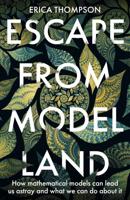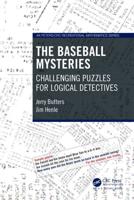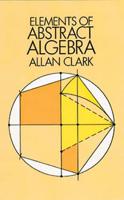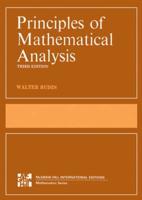Publisher's Synopsis
Non-Newtonian flows arise in many processes in engineering, science and biology for example, in polymer processing, coating, ink-jet printing, microfluidics, geological flows in the earth mantle, homodynamic and many others. Modeling non-Newtonian flows is important for understanding and predicting the behaviour of processes and thus for designing optimal flow configurations. Several models based on empirical observations have been suggested for these fluids. A constitutive equation of the non-Newtonian fluids is in general have their order higher than those describing the motion of the Newtonian fluids, but apparently there is no corresponding increase in the number of boundary conditions. Applied mathematicians and computer scientists are thus forced with the so-called ill-posed boundary value problems which, in theory have a family of infinitely many solutions. The task them becomes of selecting one of them under some plausible assumption. The main objective of this book is to consider the problems in one class of non-Newtonian fluids namely the fluids of differential type and to develop analytic solutions using the homotopy analysis method (HAM).









